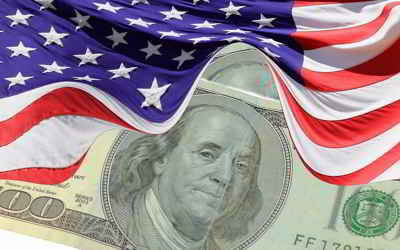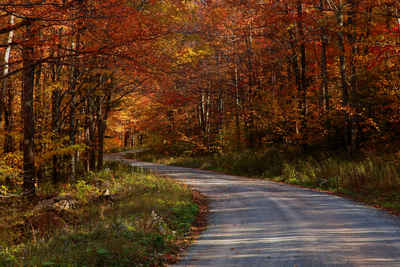West Virginia Economy
Agriculture and Industry in West Virginia
West Virginia economy is a set of human and social activities and institutions related to the production, distribution, exchange and consumption of agriculture and industry goods and services. The balance between West Virginia various economic sectors differs largely between various regions and other states in the US.West Virginia Agriculture and Industry
West Virginia's real gross state product in 2012 was estimated to be $56,384 which was $131,056 and 70% lower than the national state average, $187,440. West Virginia has the 41st highest GSP out of the 50 states.
Coal, a mineral that significantly affected West Virginia's history, was discovered there in 1742. Other important natural resources are oil, natural gas, and hardwood forests, which cover about 75% of the state's area.
The state's rapid industrial expansion began in the 1870s, with the increase of railroad access to this rugged state. Industry drew thousands of European immigrants and African Americans into the region. Miners' strikes between 1912 and 1921 required the intervention of state and federal troops to quell the violence. Today, the state ranks second in the US in total coal production, with about 15% of the US total. It is also a leader in steel, glass, aluminum, and chemical manufactures. Major agricultural commodities are poultry and eggs, dairy products, and apples. Tourism is increasingly popular in mountainous West Virginia. More than a million acres have been set aside in 37 state parks and recreation areas and in 9 state forests and 2 national forests.
The economy of West Virginia is one of the weakest of any US state. According to US Census Bureau data, West Virginia is Third from the bottom in
per capita income, ahead of only Arkansas and Mississippi. It is also the Last state in median household income. One major contributor to the state's
low economic rankings is the low educational level of its population. The proportion of West Virginia's adult population with a bachelor's degree is
the lowest in the country, at 15.3%.
One of the major resources in West Virginia's economy is coal. West Virginia also engaged in drilling oil, but currently only has small/medium sized
scatter natural gas fields. Farming is also practiced in West Virginia.
West Virginia is an Alcoholic beverage control state.
West Virginia Agriculture:
Cattle, dairy products, poultry, apples.
West Virginia Industry:
Chemical products, mining, primary metals, stone, clay, and glass products, tourism.

US economy is relies on private decision-making ("economic freedom")




